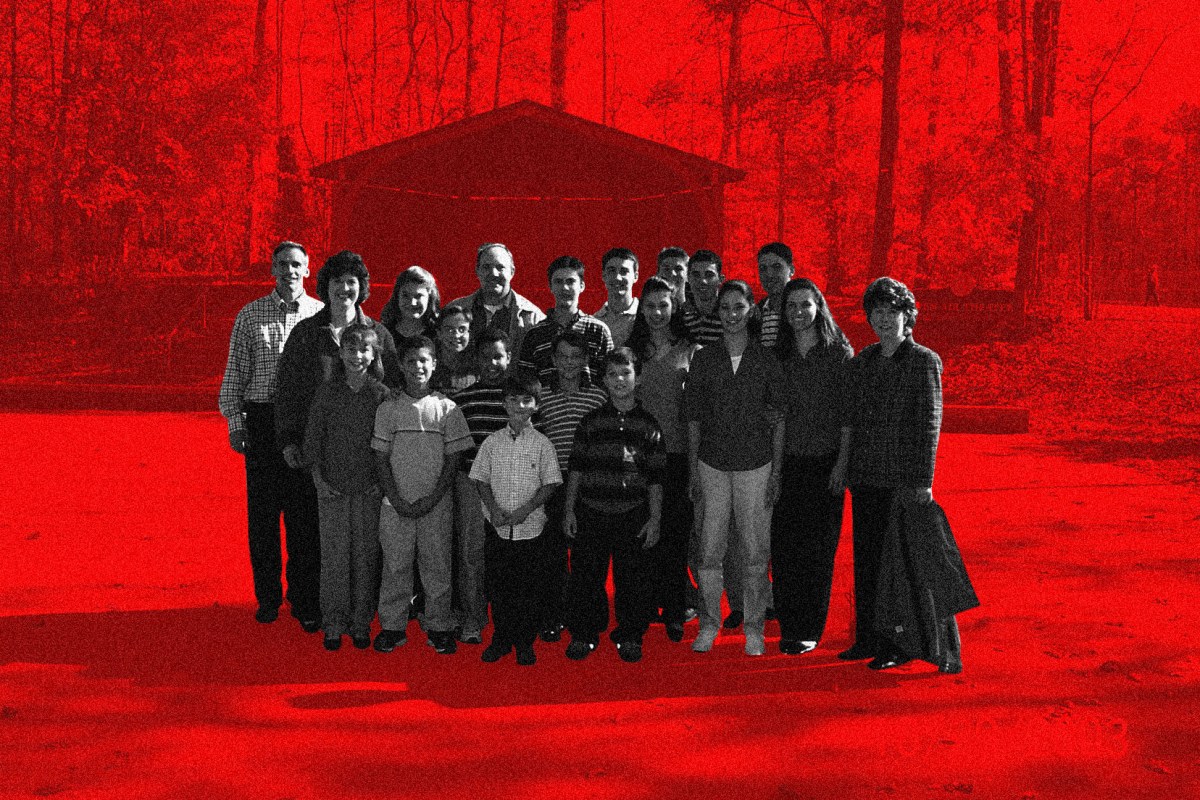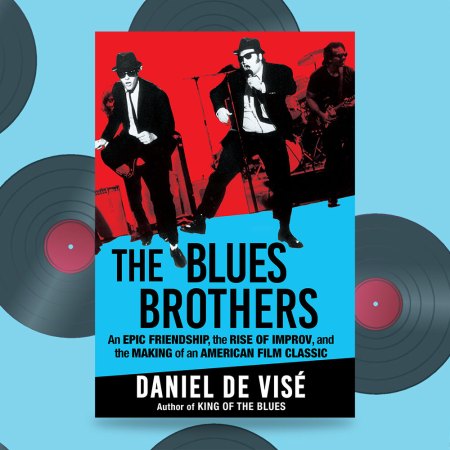Are we living in a golden age for cults? That’s not necessarily to say that cult membership is at an apex right now; instead, it’s to contend that cults have captured our collective attention, for better or for worse. The success of Netflix’s Wild Wild Country is one example; the way accusations of cultism have entered political discourse is another. A popular podcast dedicated to cults has aired over 130 episodes. And in the last two years, there have been no less than five onscreen depictions of Charles Manson or lightly fictionalized versions of him.
But thinking about cults also opens the door to larger questions about belief, community and society. American history abounds with stories of utopian movements and isolationist groups; one person’s inspirational living situation might seem decidedly cult-like to another. And there’s also the question of where the line between religions and cults exist. Is there a certain point where devotion crosses some unseen line and curdles into something awful?
That’s the process found within Mitch Weiss and Holbrook Mohr’s new book. Broken Faith: Inside the Word of Faith Fellowship, One of America’s Most Dangerous Cults explores how something that began as a small religious community gradually became a politically influential, overly controlling entity — and how its members coped with the growing limitations on their everyday lives.
Weiss and Mohr have written extensively about Word of Faith and its abuses of power — which includes physically and mentally abusing members of the congregation, running scams on the government and using church members from Brazil as unpaid labor. This book offers a complete picture of the group’s operations — and neatly traces just how such an organization can slowly cross the line from church to cult.
For Mohr, the story of Word of Faith Fellowship — and the people who escaped its grasp — strikes at something essential to the life of a journalist. “You approach it as, Hey, is there something here? And if so, how can we expose this wrongdoing?” he says. “That’s the reason we got into the business in the first place.”
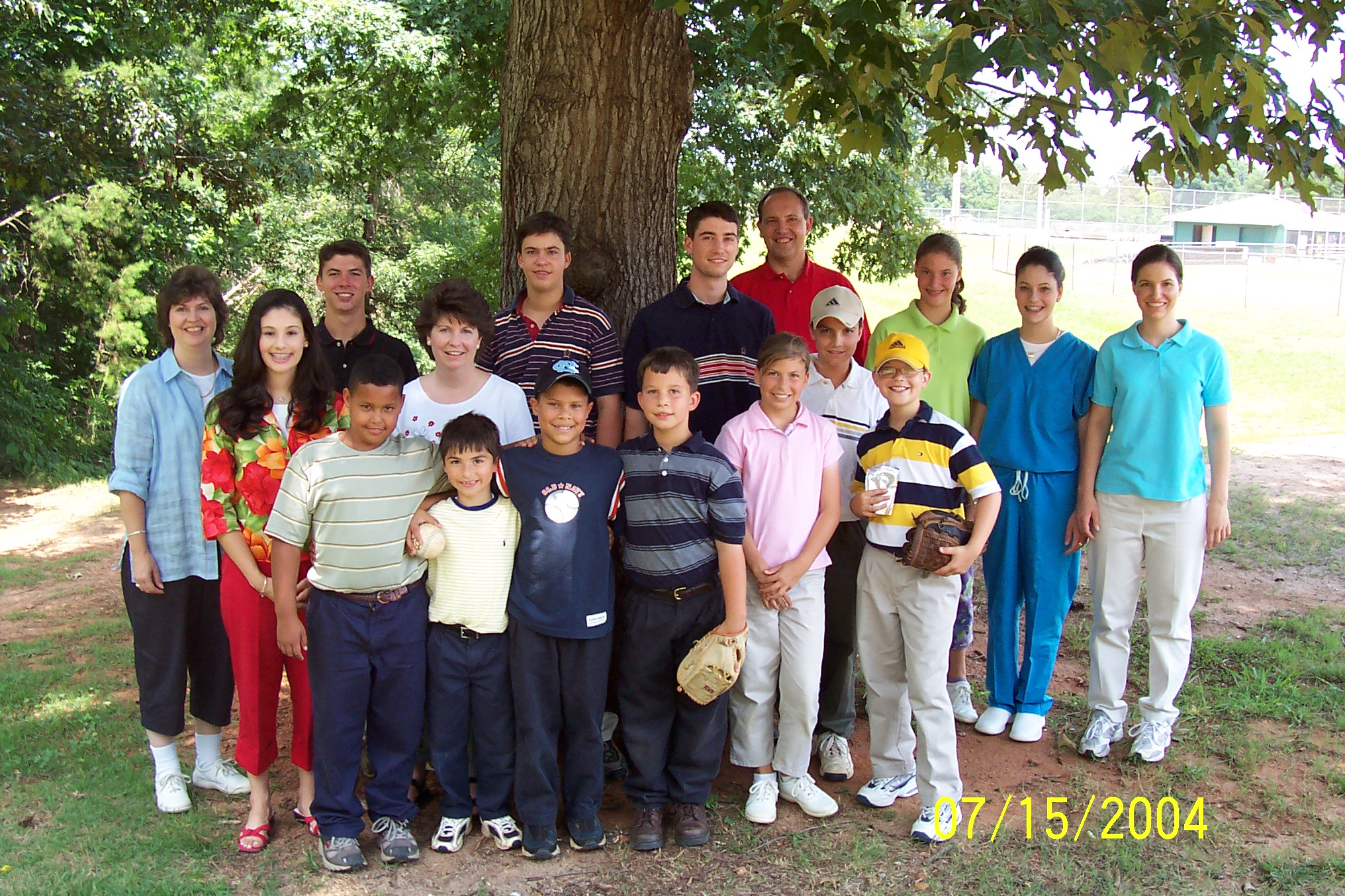
For the two writers who explored the harrowing events at Word of Faith Fellowship, this narrative began like many that they’ve written about for the Associated Press. “We just approached this like we would any other AP story, really,” Mohr explains. “Mitch and I have worked together for years on the AP’s investigative team.”
Broken Faith begins with a married couple, John David and Jessica Cooper, making their escape from Word of Faith. It’s a precisely timed maneuver, one designed so that they would not encounter resistance as they left their home for a better life elsewhere. From there, the book flashes back to describe the events that led to that point — and the reasons for their departure soon become clear.
Under the leadership of the charismatic Jane Whaley, Word of Faith Fellowship grew from a small enclave to a thriving community with outposts in Ghana and Brazil. Jane and her husband Sam founded the organization in 1979, when they were living in North Carolina. Not long afterwards, Sam took a job teaching at a Bible school in Tulsa, whose administrators gradually grew wary of the prayer services Jane led, which Holbrook and Weiss describe as “noisy and wild.”
This led the Whaleys, along with 22 others, to move back to North Carolina in 1985. The book’s descriptions of Jane Whaley’s methods hearken back to other religious figures of the time. Holbrook and Weiss write that “[t]he impassioned shriek she used to cast out devils was part Jimmy Swaggert, part Billy Graham.”
The congregation of Word of Faith Fellowship grew over time, including the Cooper family, who are the center of Broken Faith. There’s also an intriguing foray into rock history within the narrative: another member of the group was a musician named Joe English, who spent time in the 1970s playing alongside Paul McCartney in Wings.
Jane Whaley soon implemented a program for the congregation known as “blasting.” Holbrook and Weiss describe it as “an extreme practice of peer pressure, emotional manipulation, browbeating.” What did that translate into? Numerous people shouting and screaming at someone while they sat there, mainly.
After a few years, “blasting” began to involve physical violence as well, and Jane Whaley began to exert more control over her followers — including arranging marriages, separating children from their parents and dictating when married couples could and could not have sex.
In 1995, Inside Edition ran an investigative report on Word of Faith Fellowship — which prompted the North Carolina State Bureau of Investigation to conduct their own inquiry. The resulting report was over 300 pages long, but wasn’t made publicly available; Broken Faith represents the first instance of it becoming available to a wider readership.
That neither the media nor the local government could do much to stop what was happening had a chilling effect on the group. Weiss recalls a recent conversation with one of the people who’d escaped the cult. “I was talking to Jamey Anderson the other day, and he said he was thinking back to that Inside Edition episode. He said as a child that was one of the first times he felt hope, because he thought somebody was finally going to come in and rescue the children,” Weiss says.
“He said when the investigation just fizzled out, it actually had the opposite effect,” Weiss continues. “It emboldened Jane Whaley; he said things became more harsh there.”
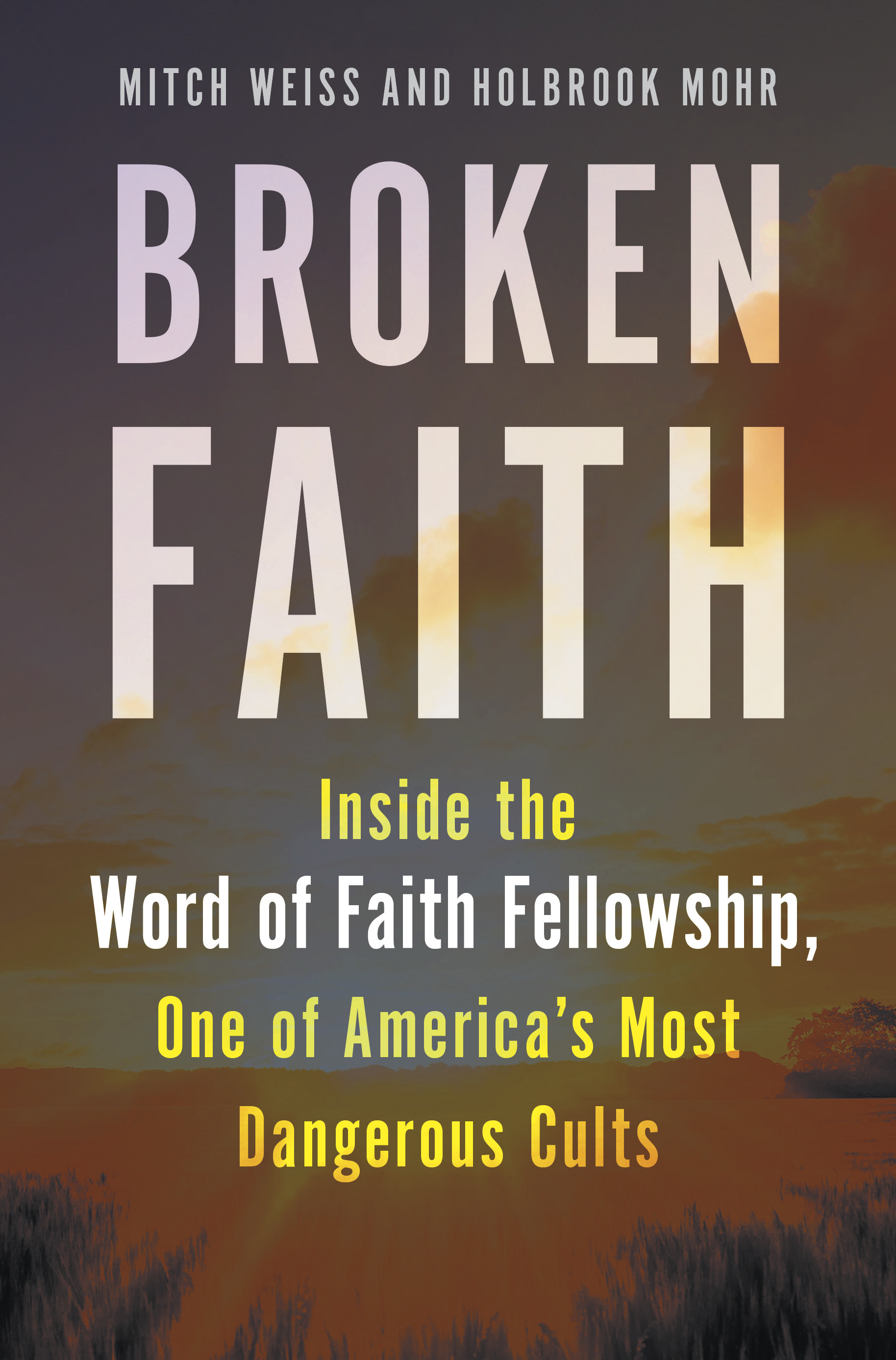
Among the most unnerving elements of Broken Faith is the way the Whaleys manipulated their followers for material gain and political influence. One scene from the book depicts the moment in 1999 when Sam Whaley delivered the opening prayer for the US House of Representatives, a feat accomplished via his work campaigning for the North Carolina Republican Party.
Weiss notes that the congregation’s political connections may have helped them fend off some of the charges of horrific behavior. “This was a congregation that was well dressed, well connected. They owned businesses,” he says.
“Politically, they made sure they held these campaign nights for all the candidates. They’d reached out to every political candidate they could think of,” Weiss adds. This includes, he notes, support for Donald Trump’s presidential campaign. It all adds up to a group who, on the surface, might have been indistinguishable from any other conservative religious congregation — but whose activities behind closed doors went in a much more sinister direction.
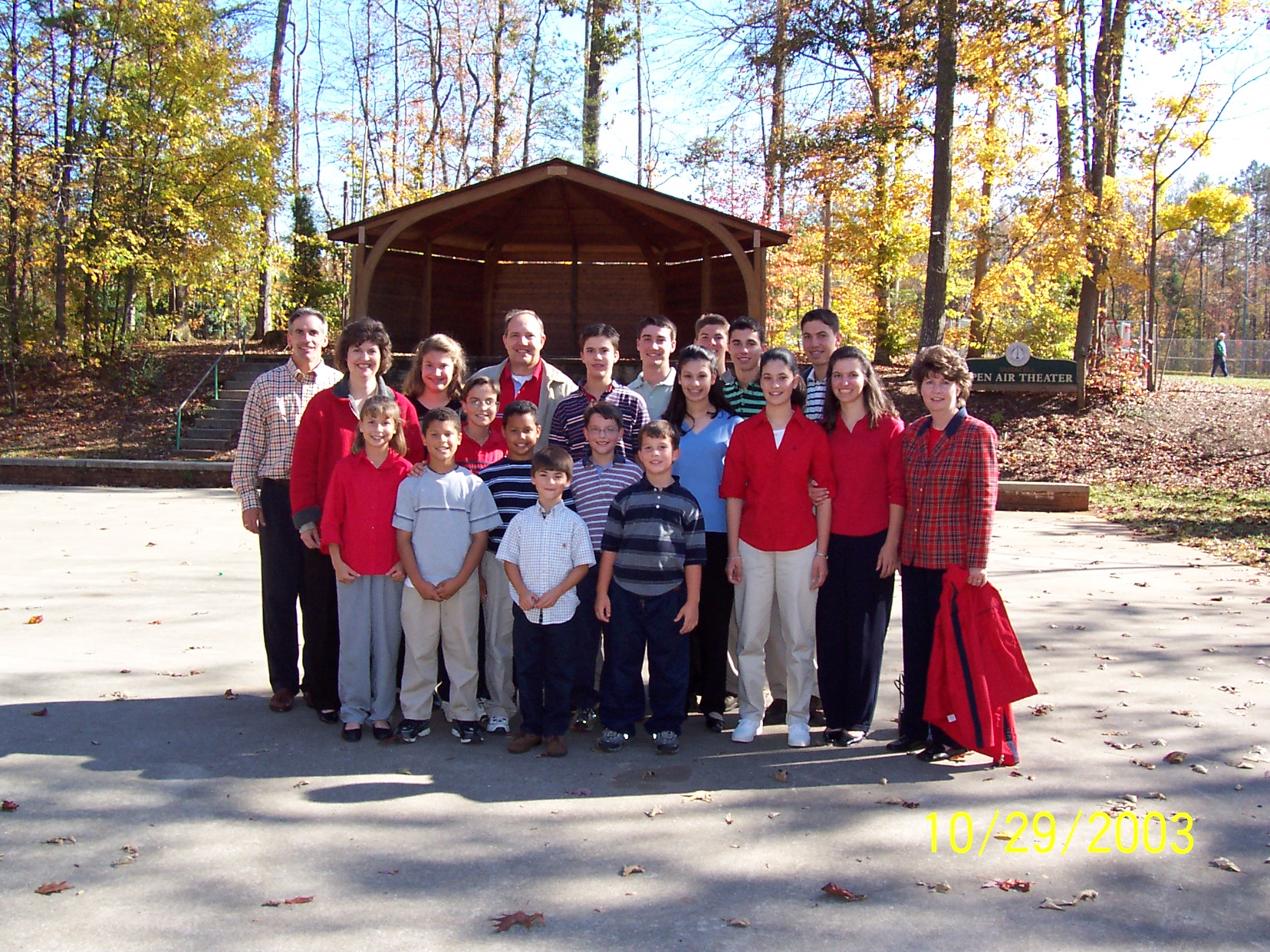
All of which begs the question: was the Word of Faith Fellowship a cult from the beginning, or did it gradually become one? “It was an evolution over time; in the beginning, church members were allowed to celebrate birthdays, things like that,” Mohr says. “Those things were taken away. So it wasn’t immediate.
“That’s how so many people ended up in there for so long, I think,” he adds. “We had one person in one of our stories say, you never try to join a cult — and by the time you realize you’re in one, it’s too late. And that’s usually because these things happen over time.”
The religious component of Word of Faith Fellowship also played a role in why it was so difficult for many people to leave, even when they recognized that something was terribly wrong.
“You have to also remember, you believe that the leader of this church, Jane Whaley, is a prophet,” Mohr says. “She has a direct pipeline to God and you feel like you’re special being part of this group and the only way you’re going to get to heaven is by listening to this prophet.”
“So if she says, don’t watch TV, don’t read the newspaper, don’t have contact with family members outside of the church — you’re going to do that because you feel special,” he continues. “You know that at the end you’re going to go to heaven, you’re going to be rewarded for your sacrifice on earth.”
While the investigative reporting of Weiss, Holbrook and others did help to bring some justice to the Word of Faith Fellowship, the group remains active. That, for the authors of Broken Faith, is the most chilling aspect of it.
“When people write about cults, usually they write about them after the fact,” Weiss explains. “And the thing here is, this church-slash-cult is still in business and it’s thriving and it seems like they’re impenetrable. No matter what we write or anybody writes or says, they have some kind of protection, because they’re thriving.”
This article was featured in the InsideHook newsletter. Sign up now.
